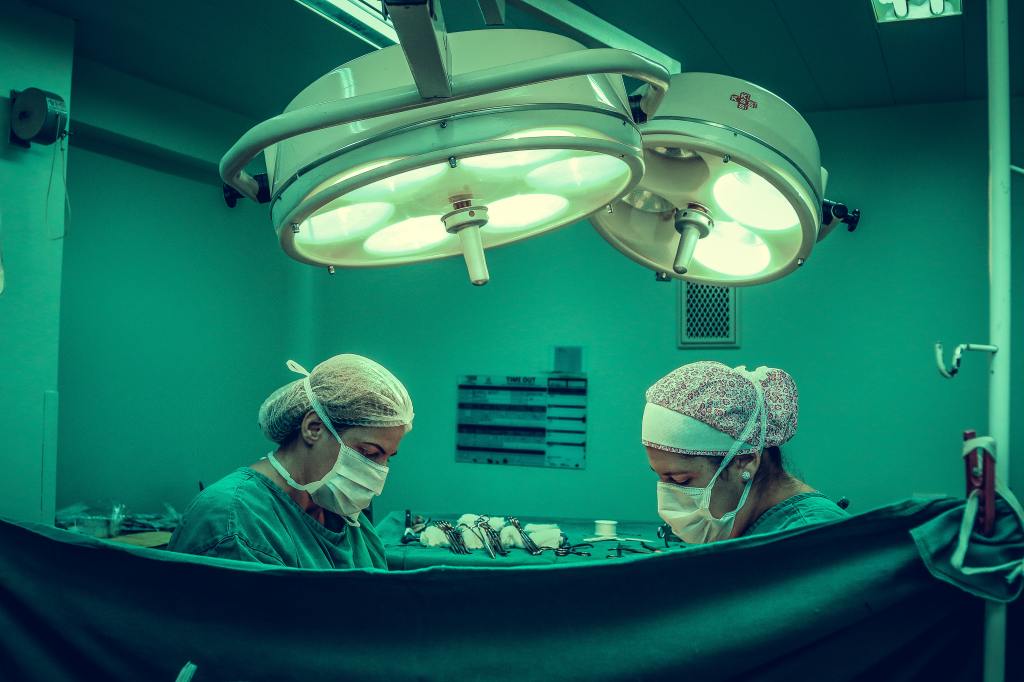Keith Reisler, MD, is an accomplished board-certified OBGYN physician with over three decades of experience. Since 1988, Dr. Keith Reisler has served North Texas women from his practice in Plano, TX. Emphasizing a personalized approach and preventative care, Keith Reisler, MD, and his team provide comprehensive OBGYN services, ranging from regular preventative Pap smears and pregnancy monitoring to diagnosis and treatment of various gynecological conditions, including ovarian cysts, uterine fibroids, and abnormal uterine bleeding (AUB).
AUB refers to irregular or heavier- or longer-than-normal bleeding from the uterus. The frequency of a normal menstrual cycle can be anywhere between every 21 to 35 days, with menstrual bleeding lasting between 3 to 5 days. Spotting or bleeding between a woman’s periods, after sexual intercourse, or after menopause; bleeding lasting more than 7 days, and heavy bleeding that requires changing one or more pads or tampons every hour all qualify as AUB.
AUB can affect women of all ages, but it is most common when menstruation starts (about the ages of 9 and 14) and in the years leading up to menopause (around 50). Causes vary widely and can include hormonal imbalances (lower or higher than normal levels of the female hormones estrogen and progesterone, thyroid issues, hypophysis issues), medications (blood thinners, hormonal replacement therapy), and extreme weight loss or gain. In addition, structural abnormalities, such as fibroids and polyps (non-cancerous growths in the uterus or cervix) and different types of cancer (cervical, uterine, ovarian, and vaginal) can also cause AUB.
Various treatment options exist for AUB. The best option depends on what has caused the issue, the patient’s age, and whether she wants to have children. Medications include birth control pills, hormonal injections, and nonsteroidal anti-inflammatory drugs. Hysteroscopy and myomectomy are examples of minimally invasive procedures, during which physicians remove potential AUB causes like fibroids and polyps but keep a patient’s uterus intact, thus preserving her ability to have children. Hysterectomy, on the other hand, is a surgical procedure typically used to treat cancer, during which a patient’s uterus gets removed.









You must be logged in to post a comment.